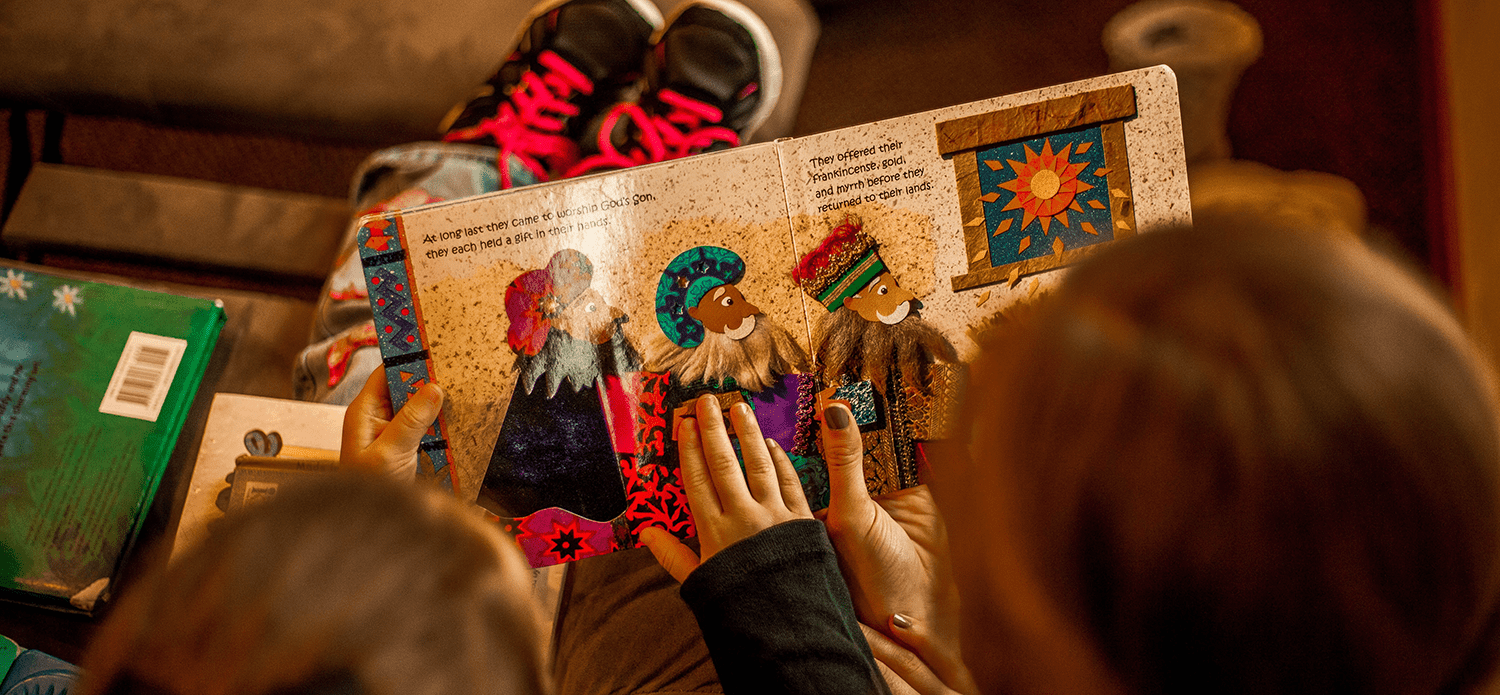
Child Abuse/Neglect Prevention Month: An Authoritative Video Resource
If you’ve been following the KIPS blog, you know that we advocate the prevention of child neglect, child abuse, and anything that might hinder a child’s development, learning and well-being. Of the 700,000 cases reported to Child Protective Services in the US, 3/4s of them involve neglect. Children under 3 years are more likely to experience abuse and neglect than older children. For a clear and simple picture to help folks understand why child abuse/neglect should be a concern for all of us in our society, see the path to long-term impacts in the infographic developed by the Institute of Medicine and the National Research Council. It would make an eye-catching poster to start the conversation!
To commemorate National Child Abuse Prevention Month, the Children’s Bureau will offer The Connections videos series. On each of the Wednesdays in April a brief video will be posted at http://friendsnrc.org/connections. I can hardly wait to watch them!
[Image courtesy of Stuart Miles at FreeDigitalPhotos.net]
The Connections video series addresses key themes from policy, research and practice developed by the Children’s Bureau’s Office of Child Abuse and Neglect (OCAN) and the National Child Abuse Prevention Partners (NCAPP) The OCAN/ NCAPP video series dates, topics and presenters include:
April 8
- Connect the Dots: Building a Movement for Children and Families – Prevent Child Abuse America, the Center for the Study of Social Policy and the National Alliance of Children’s Trust & Prevention Funds
- Making Meaningful Connections – The Child Welfare Information Gateway
- Developing a National Strategy to Eliminate Child Abuse and Neglect Fatalities – The Commission to Eliminate Child Abuse and Neglect Fatalities
April 15
- Using Adverse Childhood Experiences Research to Prioritize Prevention – The Centers for Disease Control & Prevention (CDC)
- Connecting with Community-Based Child Abuse Prevention and the FRIENDS National Center – The FRIENDS National Center for CBCAP
April 22
- Early Experiences Matter: Preventing Child Maltreatment from the Start – Zero to Three
- Introduction to Strengthening Families: A Protective Factors Framework – The Center for the Study of Social Policy
- Child Abuse Prevention to Trauma Treatment: Psychology Benefitting All Children and Families – American Psychological Association
April 29
- Healthy Communities, Strong Families, Safe and Healthy Children– The National Alliance of Children’s Trust & Prevention Funds
- The Benefits of Infant Massage: For Babies, Parents, Communities and Society – Infant Massage USA
- Harnessing Mobile App Technology with the Period of PURPLE Crying to Prevent Abusive Head Trauma/Shaken Baby Syndrome – The National Center on Shaken Baby Syndrome
To accompany the Connections video series, the Child Welfare Information Gateway offers a variety of vignettes, videos and publications relevant to protective factors that can prevent abuse and neglect, and strengthen resilience when children and families face adverse events. These can be used in your community to raise awareness and planning of prevention action steps.
With the spotlight on the prevention of child abuse and neglect this month, in our daily work with families we all need to pay attention to the parenting strengths that serve as protective factors contributing to children’s resilience. Intervening early to promote strong and rewarding parent-child interactions creates a positive spiral of reinforcement. In addition, by intervening early we can prevent the downward spiral of negative parent-child interactions that can lead to neglect or abuse, or aggressive child behavior. An observational parenting assessment, such as KIPS, facilitates this process by offering a snapshot of current parenting strengths and identifying areas for improvement. In this way, assessing parenting plays a critical role in helping to build strong, resilient children and families. Since a bit of prevention can yield lifelong benefits, the effort is well worth the cost.
